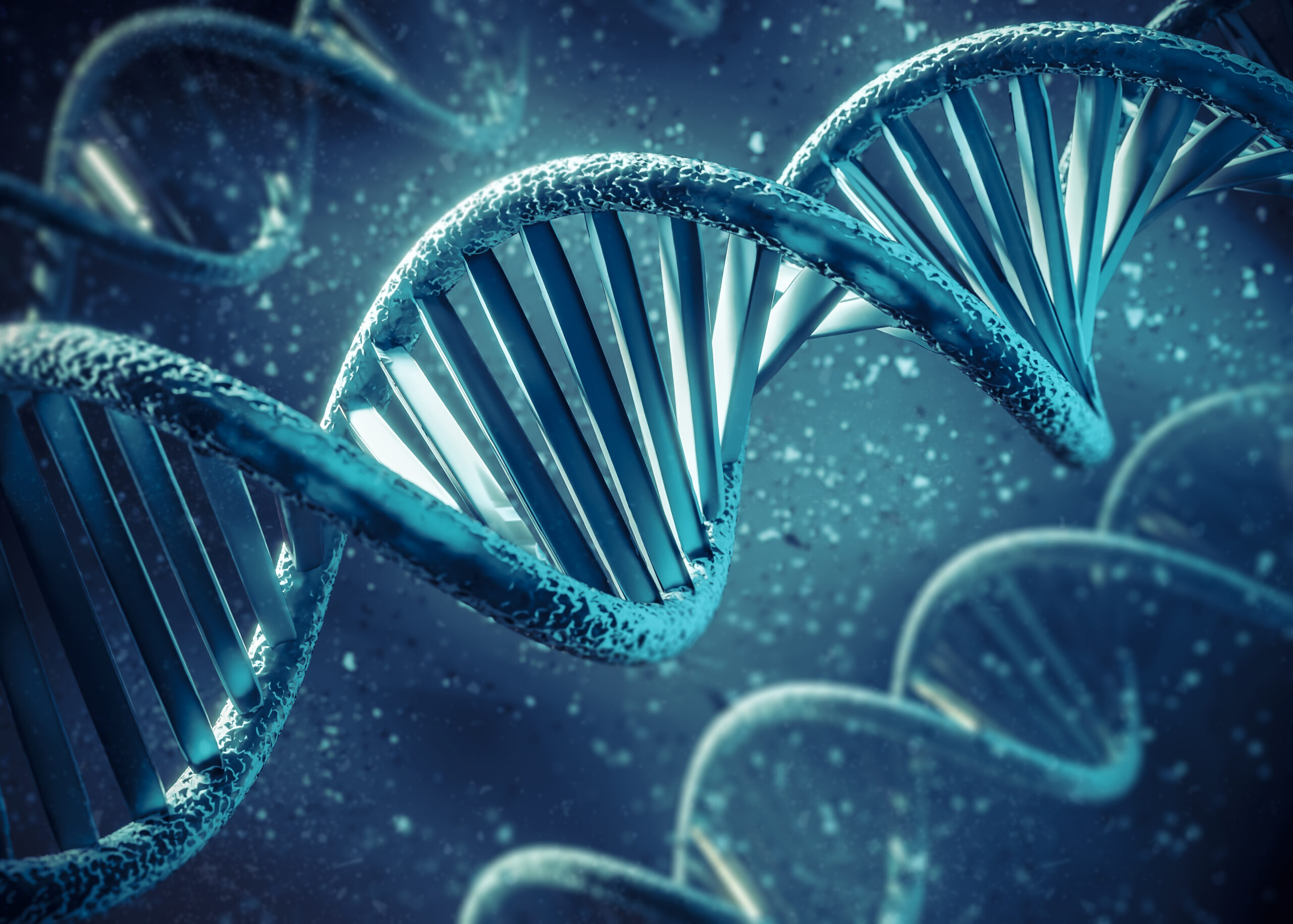Hyperbaric Wound-care: How It Helps Difficult Wounds Heal
Hyperbaric oxygen therapy (HBOT) has emerged as a powerful tool in the fight against stubborn wounds that refuse to heal. Whether caused by surgery, trauma, diabetes, poor circulation, infection, or even side effects from chemotherapy or radiation, many wounds face barriers that slow or block healing.
Hyperbaric oxygen doesn’t replace standard wound care, but it can play a crucial supportive role. By exposing patients to 100% oxygen at increased atmospheric pressure inside a specialized chamber, supercharges the body’s natural healing processes and gives difficult wounds a much better chance of closing and recovering.
Setting Expectations
Before diving into the benefits, it’s important to set realistic expectations:
- HBOT is not a first-line therapy. Wounds still require proper cleaning, surgical debridement if dead tissue is present, and the right dressings.
- Infections need treatment. Antibiotics must be prescribed and taken as directed before HBOT is added.
- It’s not “Star Trek medicine.” Patients don’t walk in for one session and walk out healed. HBOT works by amplifying the healing potential of the body, and it requires a series of treatments over time.
Think of the treatment as a powerful accelerator—pushing the body’s healing machinery into high gear.
Why It Works for Wounds
Hyperbaric oxygen has more than a dozen mechanisms of action, but several are particularly important for wound healing:
- Hyperoxygenation: help red blood cells carry oxygen—it superoxygenates blood plasma, allowing oxygen to diffuse much deeper into damaged tissue, even when circulation is impaired.
- Reduced Inflammation: Oxygen-rich plasma calms inflammation and helps restore balance.
- Stem Cell Production: boosts stem cell activity, helping generate new tissue.
- Angiogenesis: New blood vessels form, restoring circulation where it was previously limited.
- Cellular Energy: By stimulating mitochondria, HBOT gives cells more energy to fuel repair.
- Immune Support: White blood cells become more effective against bacteria, toxins are neutralized, and fibroblasts increase collagen production for stronger tissue repair.
Together, these effects create a dramatically improved environment for wound healing.
Common Questions – Hyperbaric oxygen and Wounds
If I do Hyperbaric oxygen, do I still need dressings?
Yes. Proper wound dressings and packing are essential for healing.
Can I stop antibiotics if I start treatment?
No. HBOT and antibiotics work in synergy. Antibiotics remain essential if prescribed by your physician.
Does HBOT prevent reinfection?
It helps the body fight infection, but wounds can still become reinfected if not properly covered, cleaned, and cared for.
Can I do Hyperbaric oxygen while on chemotherapy or radiation?
Not usually. HBOT can increase chemotherapy toxicity and is typically reserved for use between rounds of treatment or after completion. With radiation, It can help damaged tissues recover but is not usually done simultaneously.
How many treatments are needed?
It depends on the wound’s type, size, infection status, and the patient’s overall health. Acute wounds from surgery or trauma may require fewer treatments, while chronic or complex wounds often need more sessions. At Noah Clinics, protocols are tailored to each patient rather than following a one-size-fits-all approach.
The Bottom Line
Hyperbaric oxygen therapy can be transformative for wound healing, especially when standard methods alone aren’t enough. It strengthens the body’s healing potential, works hand-in-hand with antibiotics and dressings, and often accelerates recovery in ways that surprise both patients and doctors.
At Noah Clinics, we specialize in treating difficult wounds and wound infections. We’re not here to replace your primary doctor, but to work alongside them—providing advanced therapies that help you heal faster, stronger, and more completely.
Hyperbaric oxygen treatment doesn’t replace wound care. It enhances it. For patients facing difficult wounds, that can make all the difference.







